Mexico’s rainy season brings refreshment and color to the landscape and welcome respite from the dry season. The rains start (generally) in May/June and run through to October each year—sometimes spilling over into November.
Traveling in Mexico during the rainy season
You can usually tell when a thunderstorm is approaching; you’ll feel the air temperature drop, the wind might pick-up suddenly, you may hear thunder and see lightning and the dark rain clouds roll-in before the heavens open up.
However, sometimes cloud cover that looks benign and that has shed no moisture for hours can suddenly and unexpectedly drop a bucket of rain on you within a couple of minutes: beware of this when you’re on an afternoon walk, or driving on otherwise dry roads.
Getting caught out in a heavy thunderstorm will likely get you drenched right through to your skin. If you’re out walking and there’s no place to take shelter, the rains will be intense enough, at times, to make you feel as if someone has emptied a bucket of water over your head. A strong umbrella might help provided the winds are calm; small, fragile, umbrellas will be of limited use during a seasonal rain storm in Mexico.
Driving during Mexico’s rain season
Most major highways in Mexico have adequate drainage systems, but it’s as well to look out for areas where water may have built-up, especially around long, winding, bends and where the road topography doesn’t lend itself to immediate drainage.
Drivers on Mexico’s highways don’t always regulate their speed during rain storms, so be extra vigilant. Also, it’s prudent to check your tire tread after the dry season as balding tires can cause lethal skidding when the rains start.
Extreme care needs to be taken on mountain roads and remote byways which, in addition to becoming a driving hazard in torrential rain storms, may also suffer soil erosion that can cause landslides. It’s not uncommon to see collapsed sections of road on byways and rural roads in remote areas of Mexico caused by sudden and massive storms during the rain season.
Having an adequate auto insurance policy for your road trip in Mexico is essential to help you deal with any unforeseen mishaps caused by heavy storms.
An experience in its own right
Harboring under a canopy, balcony, or similar shelter and witnessing a strong thunderstorm in Mexico can offer a rewarding experience. The thunder and lightning show can be spectacular and, combined with an extraordinary amount of water falling in short order from the sky, the event is exhilarating to the senses.
After the storms pass, the air feels fresh, the sun may come out again (early storms), and you can enjoy the sweet aromatic smell of the flora which become greatly accentuated by the damp air. In Mexico City, where the air quality can become an issue in the winter and dry spring climate, the rains also provide a welcome cleansing of the air.
Although some people try to avoid visiting Mexico during the rain season, the choice may be unfounded as there are several advantages to being in Mexico during the rainy season: read about enjoying the experience of Mexico’s seasonal rains for further insights about this.
Longer-lasting rain spells
On some occasions, if a tropical depression moves-in to the area or region where you’re situated (these tend to be most prevalent during the hurricane season), the rains may linger-on with overcast skies or drizzle continuing for up to a few days.
More often, the seasonal rain storms arrive and pass quickly, or morning cloud and mist brought by overnight storms evaporates swiftly as the sun rises throughout the morning hours. When the weather system causing the depression passes, the cycle returns to its usual pattern, delivering bright sunny skies the following morning.
Living with Mexico’s rainy season
If you live in Mexico, the rainy season may cause some practical inconveniences on occasions. For detailed insights and tips read our article about living well thorough Mexico’s rainy season.
Local flooding
Localized temporary flooding is the most common side-effect, which is not entirely surprising given the sheer quantity of water that falls in a short period. Roads, especially in cities and built-up towns, may become inundated and traffic may come to a standstill, especially if a car breaks-down on your route.
Wind storms and power cuts
Power cuts can be another side-effect of thunderstorms. Persistent heavy rains, lightning, and wind storms are the key factors which cause most power-outages during the rainy season, as most power cables and in Mexico are situated overhead and thus are susceptible to the elements. Power cuts may last from a few minutes to several hours.
On some occasions, the storms might cause a power cut that lasts for a day or more, especially if lightning strikes a major sub-station or local transformer, or if strong winds blow down a major power line. Roof flooding is another thing to look out for: most homes in Mexico have flat roofs, and it’s good practice to regularly check the roof of your house (or condo building) and ensure they are clear of any debris, branches, leaves, etc. which may block drainage channels and cause water pools to form on your roof space.
Other practical matters
The rain season is also the time of year when mosquitoes are most active. Our article about dealing with mosquitoes offers practical advice.
For residents living in houses located in rural or semi-rural locations with systems that collect rain water for use in the home, the seasonal rains provide a regular and welcome top-up to the property’s water cisterns or a community’s local aquifer as well as bringing the garden’s plants and grass back to their full color and glory.
See also: living well thorough Mexico’s rainy season.
Discover Mexico’s seasons
Mexperience helps you to discover Mexico’s diverse topography and climates as you make your lifestyle and leisure plans:
- The rain season begins in May or June.
- The dry season begins around October or November.
- Browse the latest articles about climate and weather in Mexico
- Discover Mexico’s climate through the seasons
- Learn about how Mexico is a land of three lands
- Check individual location guides here on Mexperience for climate by location.
- You can get full details about the weather by region and season on our guide to climate in Mexico.

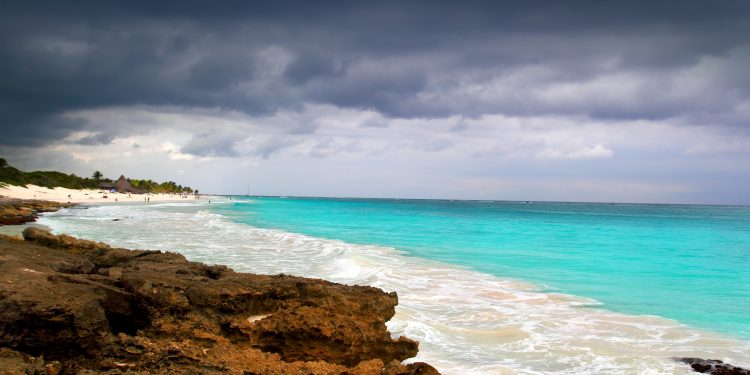
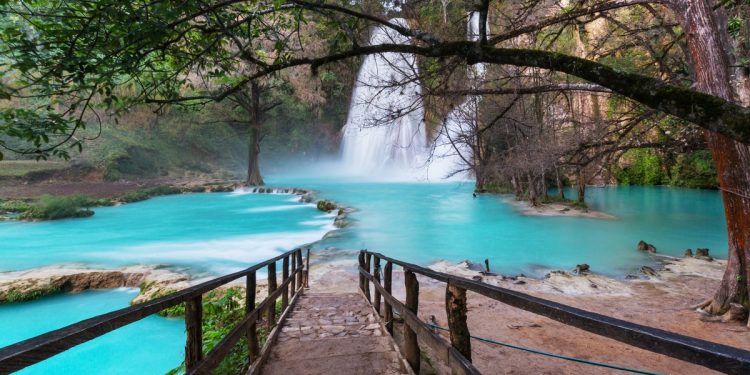
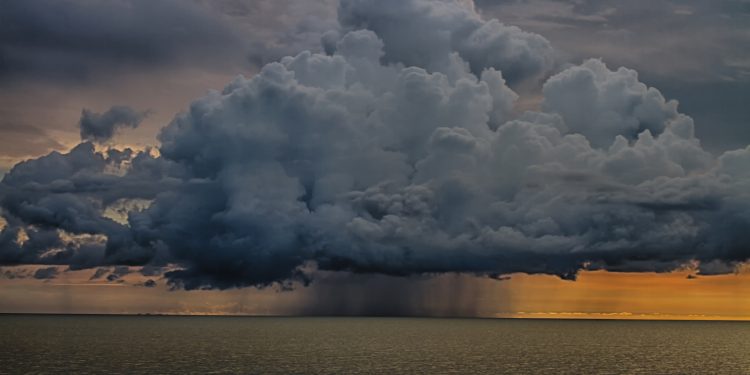

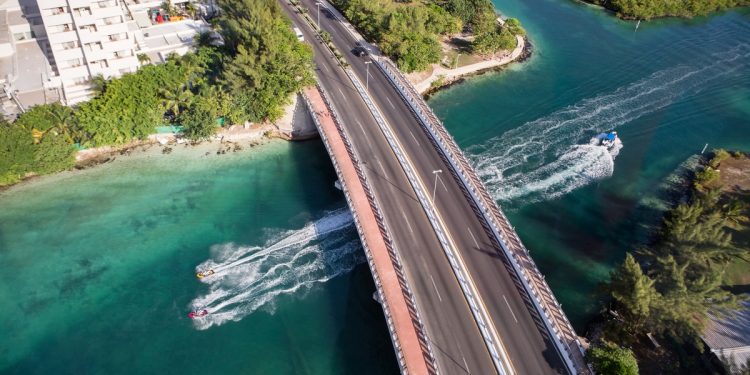



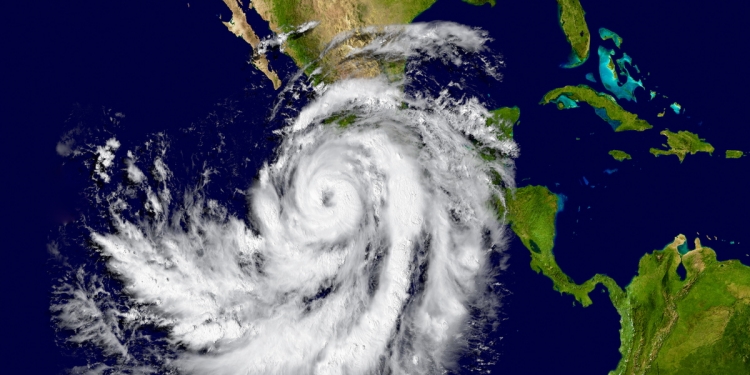

We spend the rainy season mainly on Lake Chapala near Guadalajara and partly at another home on the beach in La Manzanilla, both places in the state of Jalisco. The rainy season normally starts here in June (later for the last two years) and runs into or even beyond October (especially for the last two years). We love it. We live on the beach during the ¨high¨ season, which means extremely dry weather on Lake Chapala´s north shore (Ajijic, San Antonio, Chapala area). We know because we used to live there year round and because we visit there a couple of times each year during the ¨winter.¨ We often get bloody noses from the dryness when visiting during that time of year. Most of the rain there during the rainy season starts in the afternoon and may extend into the evening or oven overnight. The rest of the day is sunny and beautiful. Much of the time the rain lasts just long enough to cool everything off and to ionize the air. It can be refreshing and delightful. Flooding in Guadalajara, however, happens every time that it rains for more than 20 minutes. That can pose a real problem depending on where you are driving while visiting the city. It is best to stay on the major routes only if possible when traveling there.
We will be in Mexico City the last week of October. The 10 day forecast indicates rain. Is it generally all day at this time of year or of the morning or afternoon only variety common in more tropical places?
Hi Doug,
If there is a low-pressure system in place, or a tropical storm or hurricane is on the way, it could be overcast/rainy all day, but this is not usual. During the rain season, it’s usually sunny and dry in the mornings and daytime, with storms during the afternoons/evening some days. Weather forecasts often cite “storms” but that doesn’t necessarily mean that it will be stormy all day. Enjoy your visit!
I traveled to punta mita in early June and it was a great experience. The rains were only at night, sometimes scary to listen to but very cool. The days were always sunny and 90. It gets really hot so prepare for extreme weather. Traveling in May/June is probably a good idea if you don’t want it to be too overpopulated. I loved it and would love to go back.
Be particularly wary if you are in a hilly city such as Guanajuato. I always stay at Casa de Pita. It is halfway down a very steep hill. The rain rushes down the cobblestones, sometimes six inches deep. It is hazardous. Anyone trying to walk up or down the hill can easily be knocked down and carried away. This is especially true for smaller or elderly people, children or pets.